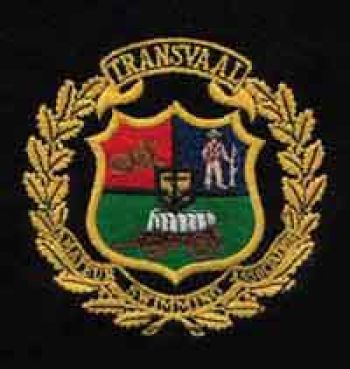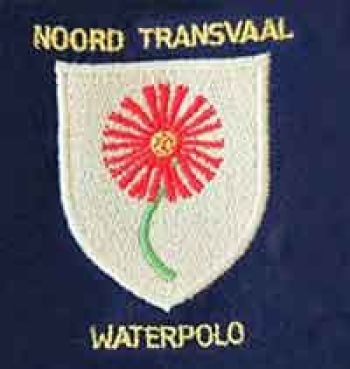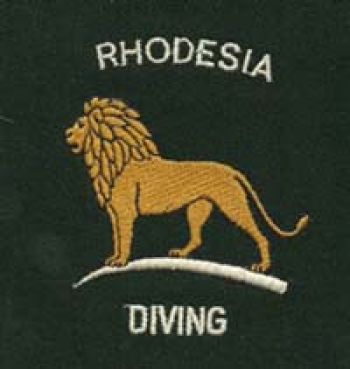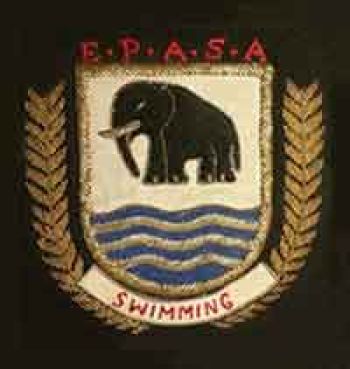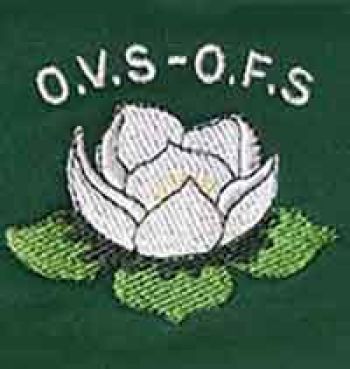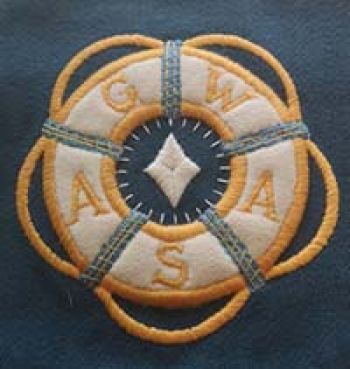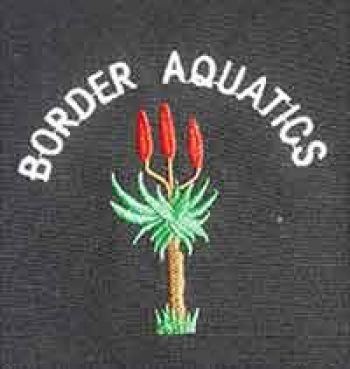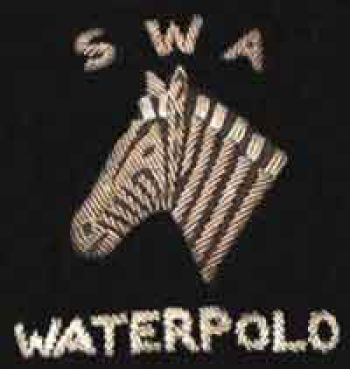
Provinces of South African Aquatic Sports

This pre-1994 map provides a geographical context about the communities, towns, and their schools, where aquatic sports history was made in southern Africa since the late 19th century.
The Union of South Africa, created by the British in 1910, was a combination of the two Afrikaner republics— the Transvaal and the Orange Free State — and the two British colonies — Natal and the Cape Colony which became the four provinces of South Africa. After 1994, they were replaced by the current nine provinces.
Aquatic sports in South Africa and Rhodesia were introduced by the British colonisation of the region after 1806. The Dutch colonists who left the Cape Colony to escape British rule in 1836 had little appetite for aquatic sports, and neither did the Bantu and Bushmen, who were the other local inhabitants. Indian and Chinese migrant workers, who arrived by the end of the 19th century, also played little or no part in these activities.
The British efforts to Anglicise the Afrikaners in the colonies resulted in separate English and Dutch-speaking communities, where each had its own schools. After the Boer War, the education policies of the British High Commissioner, Lord Alfred Milner, resulted in the creation of the so-called Milner Schools. Today, they are some of the best schools in the Transvaal - King Edward VII School (KES), the Jeppe, Pretoria and Potchefstroom boys' high schools, and Johannesburg, Jeppe and Pretoria girls' schools.
In South Africa, aquatic sports and cricket were always more popular at the English-medium schools, while Afrikaans schools were more drawn to rugby and netball. The Bantu, Coloured, Indian, and Chinese communities also had their facilities, where swimming was generally not practised, although there was always a small number of enthusiastic swimmers in all of the separate communities.
Children from the other neighbouring states - Botswana, Swaziland, and Lesotho sometimes attended school in South Africa, where they competed in local galas. Mozambique was a Portuguese colony until 1975, with a strong sporting culture, in which South Africans sometimes participated.
Aquatic sports in South Africa were governed by the South African Amateur Swimming Union (SAASU), founded at Port Elizabeth in 1900. The Union was disbanded in 1994 and replaced by a government-appointed and funded body known today as Swimming South Africa.
The founding members of the SAASU were two sub-provinces in the Cape Colony - Western Province (WP) and Eastern Province (EP). Cape Town in the WP was the original Dutch capital, while Port Elizabeth was the commercial capital, founded on the arrival of British settlers in 1820. These two provinces eventually grew to include the 12 members of SAASU, including Rhodesia and South West Africa. This website focuses on the history of the various aquatic sports from the traditional sporting provinces.
The pre-1994 era featured intense rivalries in swimming and water polo between the stronger provinces - Natal, Transvaal, Rhodesia, Western Province, and Northern Transvaal. The annual SAASU inter-provincial aquatic championships were usually held in the first week of March, where athletes in all four disciplines of swimming, diving, water polo, and synchronized swimming competed for the Ellis Brown Aggregate Trophy.
The pageantry and passion of those tournaments have mostly been lost, as the disciplines now have their events, and the provinces have all but disappeared as recognizable entities. All sports in South Africa, including aquatic sports, are in a state of terminal decline. The South African Swimming Championships are held in Port Elizabeth every year, largely because that is where the only suitable indoor 50m pool exists in the country.
In 2024, a few international quality swimmers like Tatjana Schoenmaker, Chad le Clos, and Matthew Sates remain active in the country. Racial quotas for selection and management of teams are enforced from school to international level; a lack of good coaches, adequate facilities, and the general incompetence and disinterest of Swimming South Africa have all but destroyed competitive sports.
